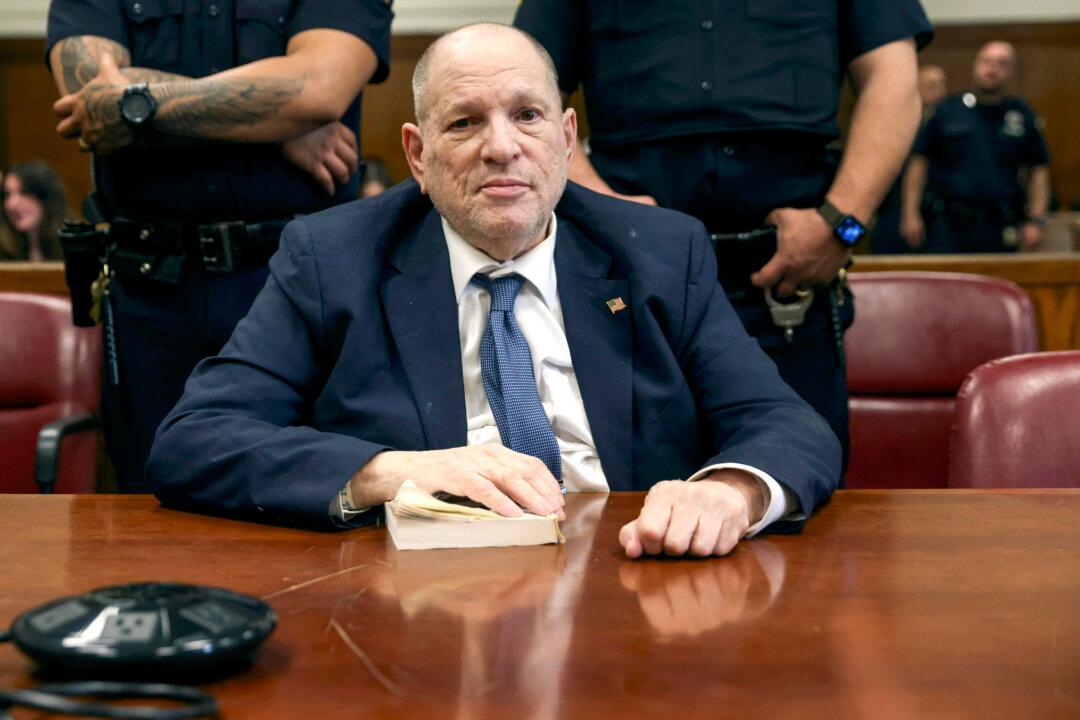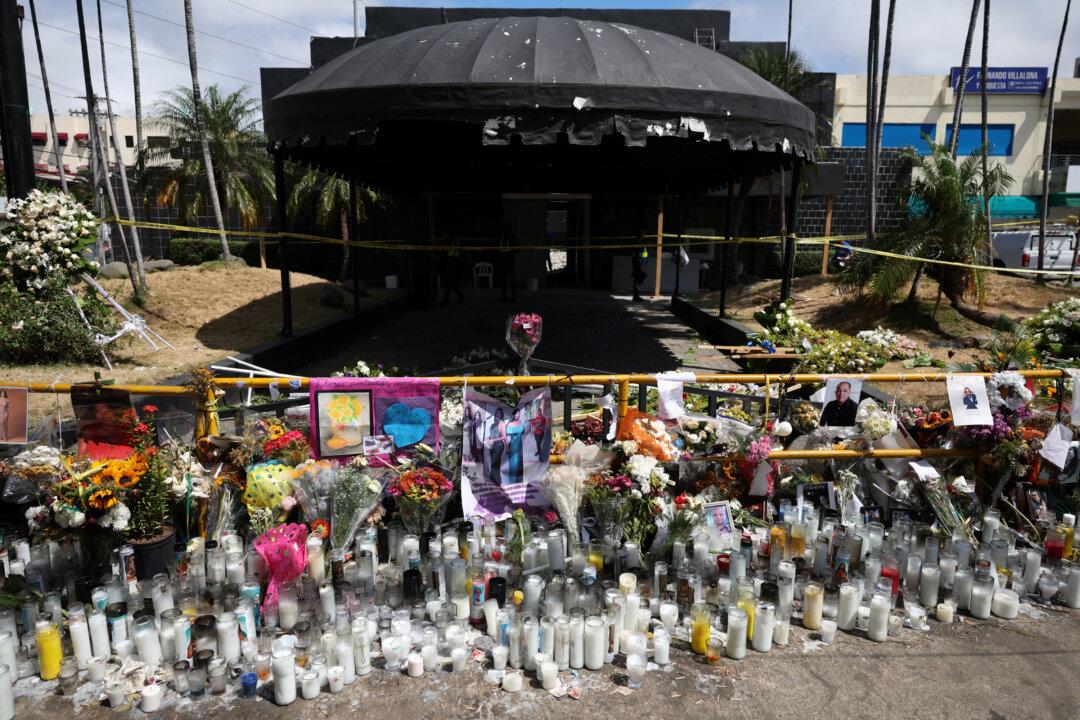LIMA, Peru—Archaeologists in northern Peru have unearthed four human remains believed to be more than 3,000 years old in a stretch of barren land that appears to have housed a ceremonial temple honoring the gods of an ancient local culture.
The funeral bundles were found nestled between some mud and stone walls near a valley in the dry, coastal Viru Province in the South American nation’s La Libertad region, home to many major ancient cultures over the millennia.
Feren Castillo, an archaeologist at the National University of Trujillo in Peru who heads a research project in the area, said the remains and the walls were likely 3,100 to 3,800 years old.
“This allows us to have a clear idea of the cultural evolution in this area,” Castillo said, adding that finding four remains in such a small space meant there could well be many more buried there.
“It also shows the importance of the space. People have for a long time wanted to be buried in temples because these are very sacred spaces to them,” Castillo added.
Peru, rich in archaeological sites of various ages, was home more than 500 years ago to the Inca empire that dominated a sprawling territory in the southern part of the continent from southern Ecuador and Colombia to central Chile until the arrival of Spanish conquistadors.
Researchers in La Libertad last month announced the discovery of the skeletons of 11 “high class” dating to 800 years ago. These were discovered near Chan Chan, the largest mud citadel in the Americas, built by the Chimu culture whose rule spanned swathes of Peru’s northern coast.







